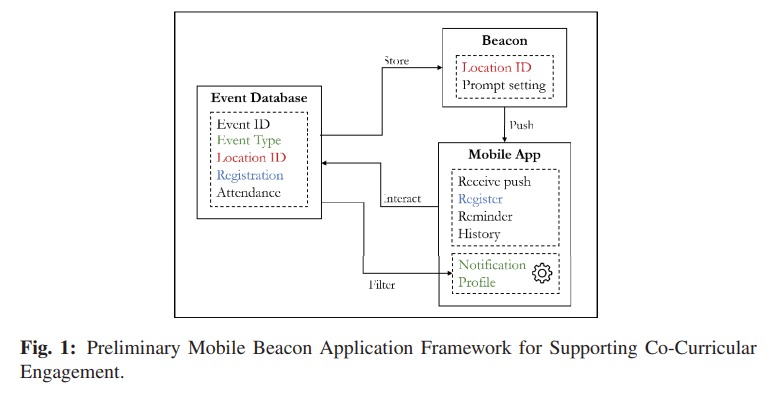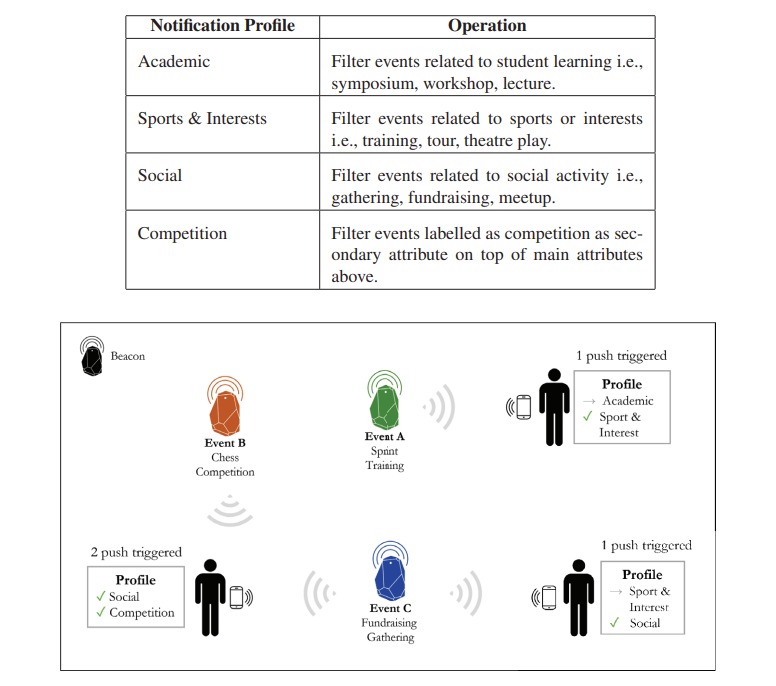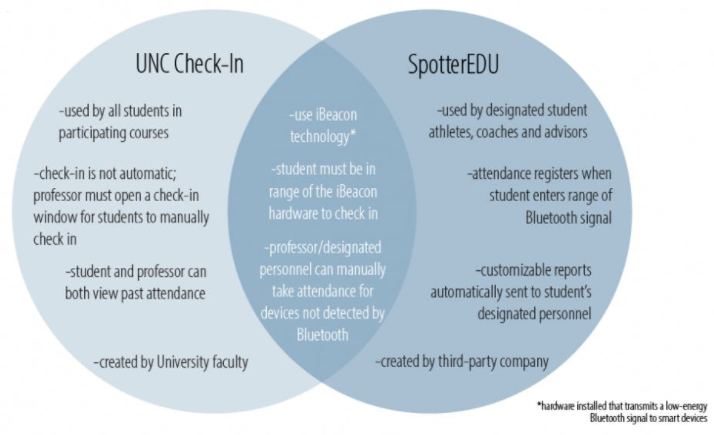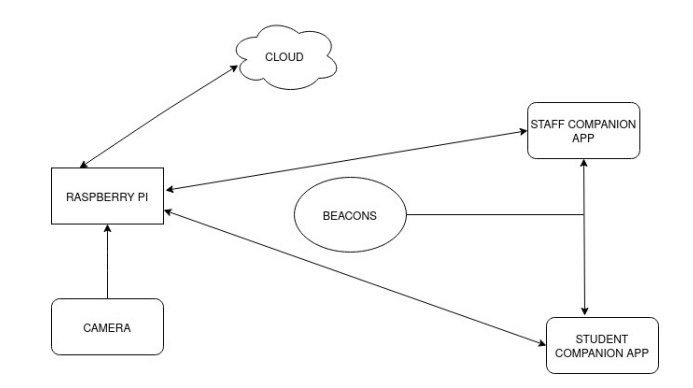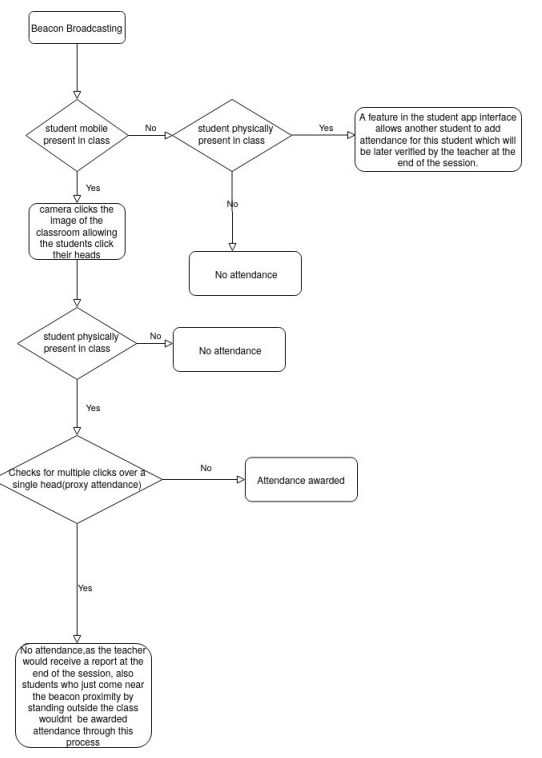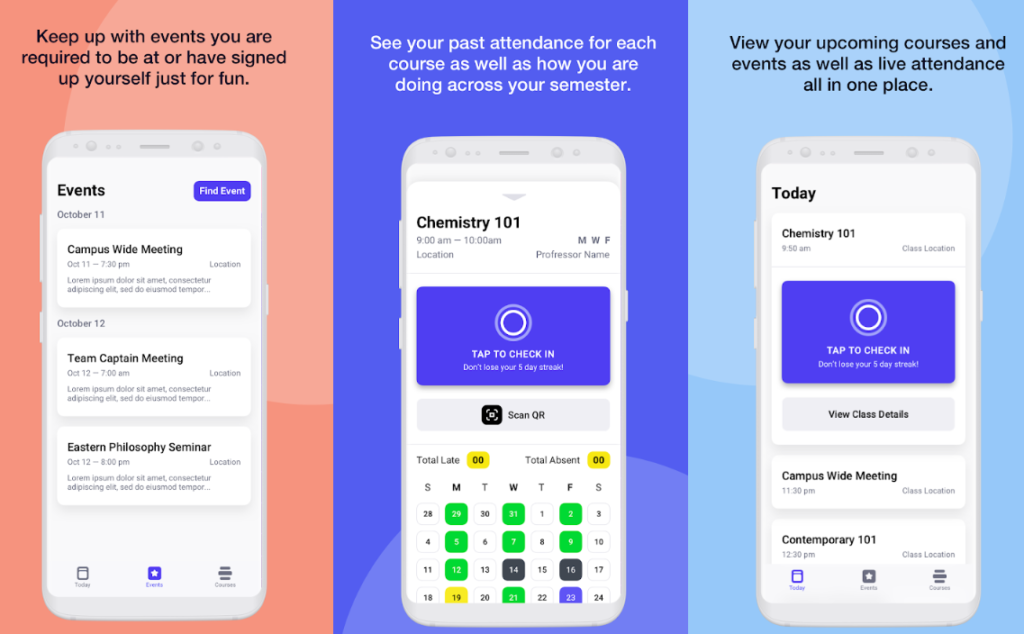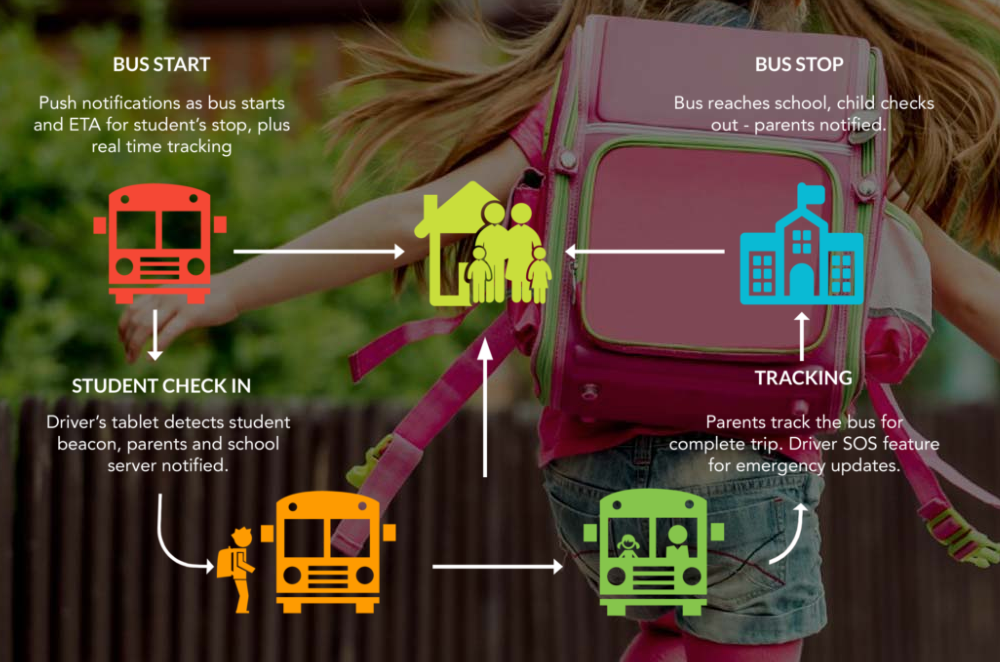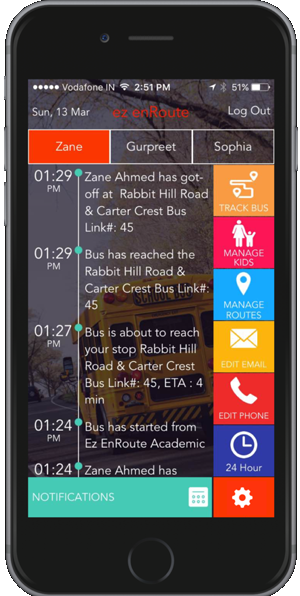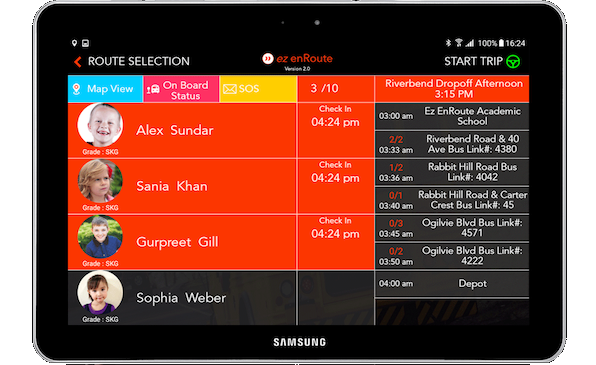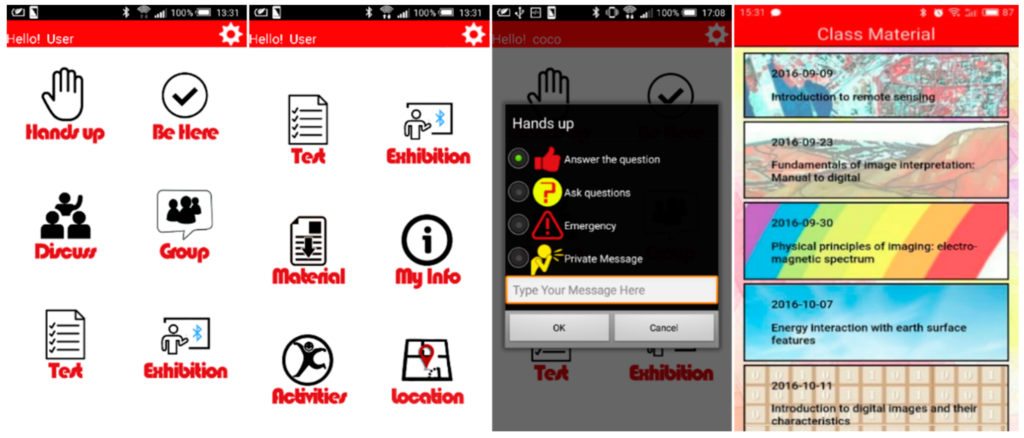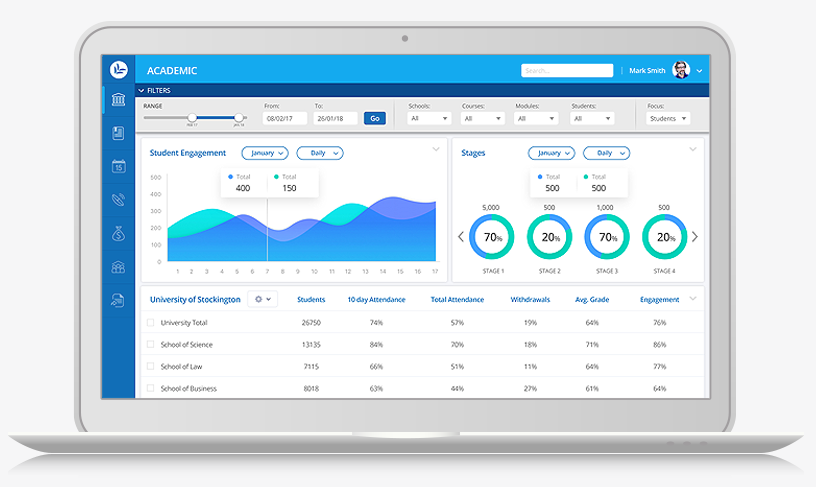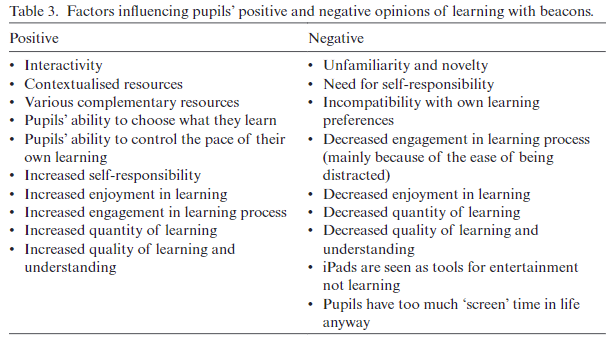Recent research outlines the design and deployment of an attendance tracking system using battery-free photovoltaic Bluetooth beacon badges. These badges, powered by indoor light, transmit Bluetooth packets to stationary gateways for collection and upload to a cloud-based platform for real-time visualisation. The system addresses issues of environmental sustainability and maintenance by replacing traditional chemical batteries with light-harvesting technology, enabling operation even in low-light conditions (as low as 17 Lux).

The badges are compact, cost-effective (under $1 each), and incorporate a photovoltaic panel and an energy management circuit. This setup ensures that the devices accumulate and store energy efficiently before broadcasting signals via Bluetooth. Gateways equipped with Bluetooth and WiFi capabilities capture these signals and relay attendance data to a cloud service for analysis. The system’s applications include academic conferences and similar events requiring crowd tracking without privacy concerns associated with cameras or WiFi-based methods.
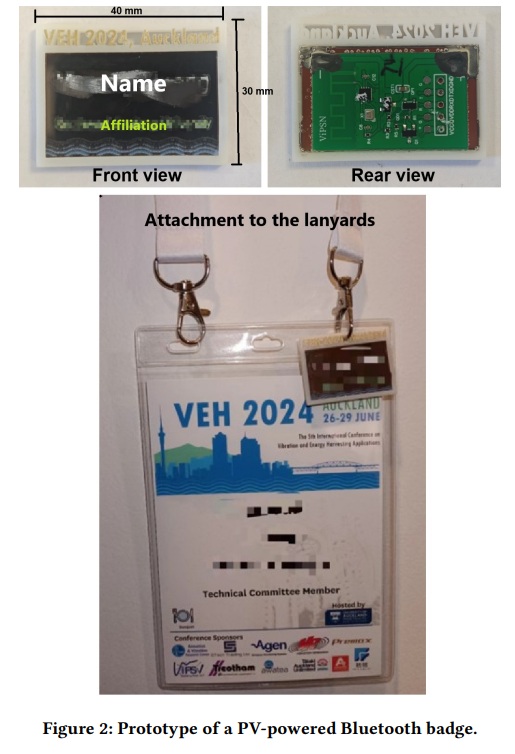
Field tests during a conference in Auckland validated the system’s functionality, demonstrating effective attendance monitoring in multiple rooms. This innovative approach reflects a move towards environmentally friendly and low-maintenance solutions in the growing field of ambient IoT.
